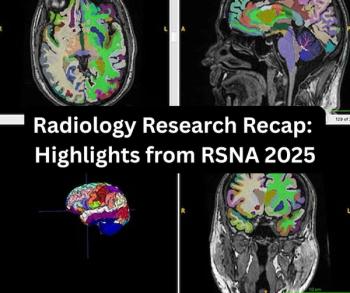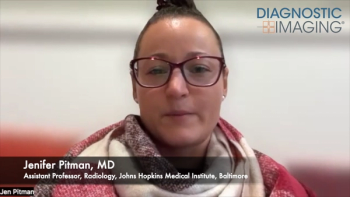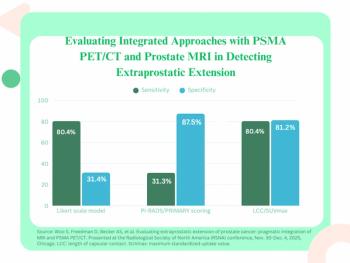
Algorithm Can Detect Intracranial Hemorrhage in CT Without Medical Annotation
A deep learning model was developed to detect intracranial hemorrhage in computed tomography scans without medical annotation.
A paper presented at the
“This method is faster because it removes the need for medical annotation, which can be added later on image errors to improve the model,” the authors wrote. “By detecting 96.6% of the normal exams, we can speed up doctor’s work, providing more time for the analysis of the slices with bleeding, increasing the precision of the diagnosis.”
Intracranial hemorrhage is a life-threatening condition that is diagnosed via CT scans. Deep learning algorithms developed to aid in the detection of bleeding within the intracranial cavity require a physician to annotate exams per slice. In this work, the researchers annotated a dataset of head CT exams using natural language processing (NLP) and applied an architecture using convolutional and recurrent neural networks to classify each exam.
A total of 8432 head CT exams collected from six hospitals and five specialized outpatient clinics were assembled and the axial volumetric unenhanced series of scans were selected. The labels were extracted from the written reports using a previously trained NLP model. Almost 40% of exams had an intracranial hemorrhage, which were not separated by bleeding subtype. Each exam was processed using brain, blood and bone windows, resliced to 25 images. A MobileNet network pre-trained with ImageNet weights was combined with a Long short-term memory (LSTM) with categorical cross-entropy as loss function. The model’s output was as follows: hemorrhage, no finding and other pathologies.
The model improved the classification without the need for a per slice annotation. On the validation set, an area under the curve (AUC) of 0.96, 0.87 for recall and 0.97 for precision was achieved. While on an external set, validated by a doctor, the AUC was 0.91, 0.85 and 0.86, respectively.
The researchers also highlighted slices where the hemorrhage appears to aid diagnosis by applying Gradient Class Activation Map (GradCAM) technique.
“Through the GradCAM method, we selected the best slices of each exam, and doctors were able to evaluate the results and indicate with more precision where a hemorrhage was found,” the authors wrote. “The identification of the most relevant slices, using the GradCAM technique, alongside clinical information, may help doctors better understand each patient case, accelerating and improving the diagnosis.”
For more coverage of RSNA 2021,
Newsletter
Stay at the forefront of radiology with the Diagnostic Imaging newsletter, delivering the latest news, clinical insights, and imaging advancements for today’s radiologists.



























